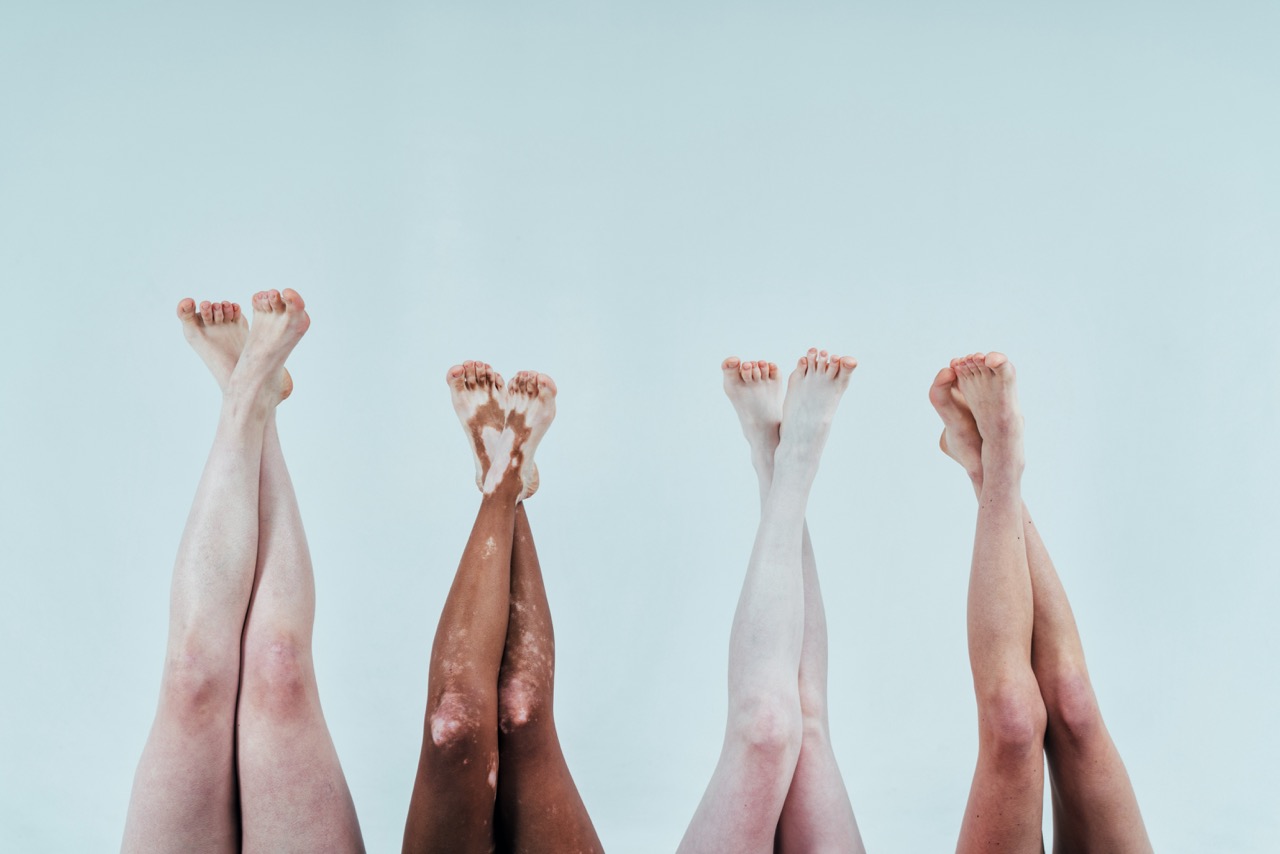What Are The Benefits Of Running Shoes With Minimal Cushioning?

In the realm of running footwear, the debate between cushioned and minimalist shoes has gained significant traction over the years. While traditional running shoes often feature substantial padding to absorb impact, minimal cushioning has emerged as a popular alternative. This article delves into the benefits of running shoes with minimal cushioning, exploring how they can enhance the running experience, strengthen foot muscles, and potentially aid in injury prevention.
Understanding Minimal Cushioning in Running Shoes
Minimal cushioning in running shoes refers to the reduced amount of padding and support underfoot compared to traditional running shoes. These shoes typically have a lower stack height, allowing for a more direct connection with the ground. The design focuses on promoting a natural foot strike and encouraging the runner to engage their muscles more actively. Brands that specialize in minimalist footwear often emphasize lightweight materials and a streamlined design that enhances the runner’s experience.
The philosophy behind minimal cushioning is rooted in the idea of allowing the foot to move as naturally as possible. This means that rather than relying on a thick layer of foam or gel to absorb shock, runners adapt their form to distribute impact forces more evenly across the foot. Many minimalist shoes also feature a lightweight, flexible upper that allows for greater freedom of movement, further enhancing the runner’s ability to feel the ground beneath them.
For many runners, the transition to minimal cushioning can lead to a heightened awareness of their running form and technique. This increased attention to foot placement and body mechanics can promote a more efficient running style, which is often cited as a key advantage of minimalist footwear. Understanding and adapting to these elements can result in significant changes to a runner’s overall performance and comfort.
Enhanced Ground Feel and Improved Running Form
One of the primary benefits of running with minimal cushioning is the enhanced ground feel that accompanies the reduced padding. This closer connection to the ground allows runners to better sense changes in terrain and make quick adjustments to their stride. The tactile feedback can help runners develop an intuitive understanding of their running environment, leading to improved confidence when navigating various surfaces.
Additionally, the increased ground feel provided by minimalist shoes can lead to better running form. With less cushioning to rely on, runners are encouraged to adopt a more natural foot strike, often transitioning from a heel strike to a midfoot or forefoot strike. This change not only promotes a more efficient biomechanical movement pattern but also helps reduce the likelihood of overstriding, which can put excessive strain on joints and muscles.
Over time, the continual feedback from the ground can help runners refine their technique, leading to a more fluid and economical running style. Improved form can translate to enhanced performance, as runners become more adept at maintaining speed and endurance over longer distances. The emphasis on proper biomechanics can also foster a sense of mindfulness during runs, allowing individuals to focus on their movement and physical sensations.
Strengthening Foot Muscles Through Natural Motion
Running shoes with minimal cushioning encourage a more natural foot movement, which can lead to increased strengthening of the foot muscles. When runners wear shoes that allow for greater mobility, the intrinsic muscles of the feet engage more actively during each stride. This engagement helps to build strength and stability, which are crucial for overall foot health and performance.
As runners adapt to minimal cushioning, they often find that their arch and other stabilizing muscles become more developed. This natural strengthening process can enhance overall foot function, enabling the runner to better manage impacts and maintain stability. Over time, this increased strength can lead to improved balance and coordination, factors that are essential for both running and everyday activities.
Moreover, stronger foot muscles can contribute to better shock absorption and force distribution during runs. By developing the small muscles of the foot and ankle, runners can reduce their dependence on external cushioning and support, creating a more resilient and adaptable foot structure that can handle the demands of various running environments.
Potential Injury Prevention with Less Cushioning
The relationship between footwear cushioning and injury prevention is a topic of ongoing research. Some studies suggest that running shoes with minimal cushioning can reduce the risk of certain injuries by promoting a more natural gait. By encouraging a midfoot or forefoot strike, minimalist shoes may help distribute impact forces more evenly, potentially minimizing stress on the knees and hips.
Furthermore, the increased strength and stability gained from running in minimal shoes can also play a role in injury prevention. As foot muscles become stronger, the likelihood of developing common running injuries, such as plantar fasciitis, shin splints, and Achilles tendonitis, may decrease. A well-conditioned foot is better equipped to handle the repetitive stresses of running, making it less susceptible to injury.
However, it is essential for runners to transition gradually into minimal cushioning to avoid potential strain from sudden changes in their running mechanics. While the benefits are promising, proper adaptation and listening to the body’s signals are crucial for maximizing the injury prevention aspects of minimalist footwear. In doing so, runners can enjoy the advantages of minimal cushioning while minimizing the risk of overuse injuries.
In conclusion, running shoes with minimal cushioning offer numerous benefits that can enhance the overall running experience. From improved ground feel and running form to strengthening foot muscles and potentially preventing injuries, these shoes encourage a more natural approach to running. As athletes consider their footwear options, embracing minimal cushioning may provide an opportunity to optimize performance while fostering a deeper connection with the art of running. As always, individuals should evaluate their unique needs and transition thoughtfully, ensuring a safe and enjoyable running journey.




